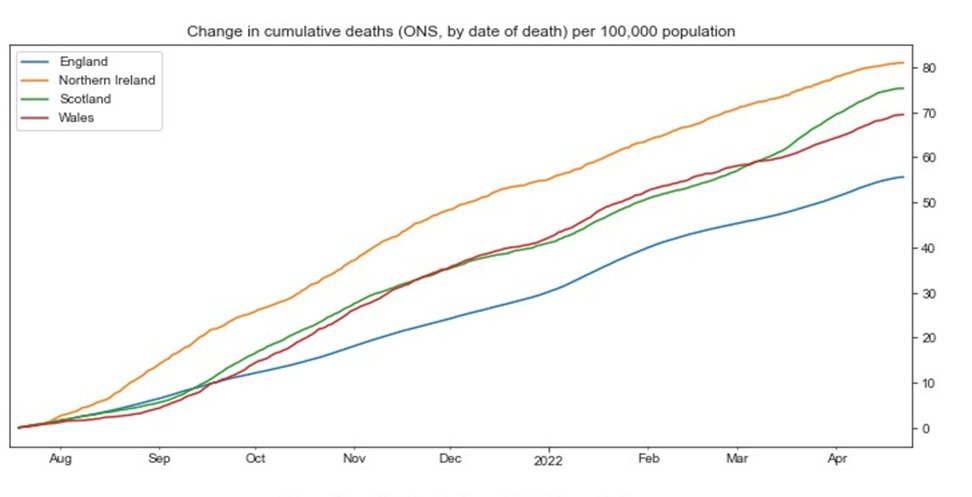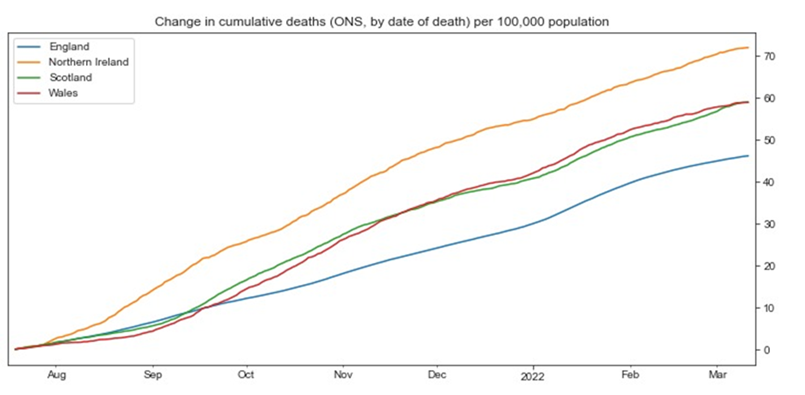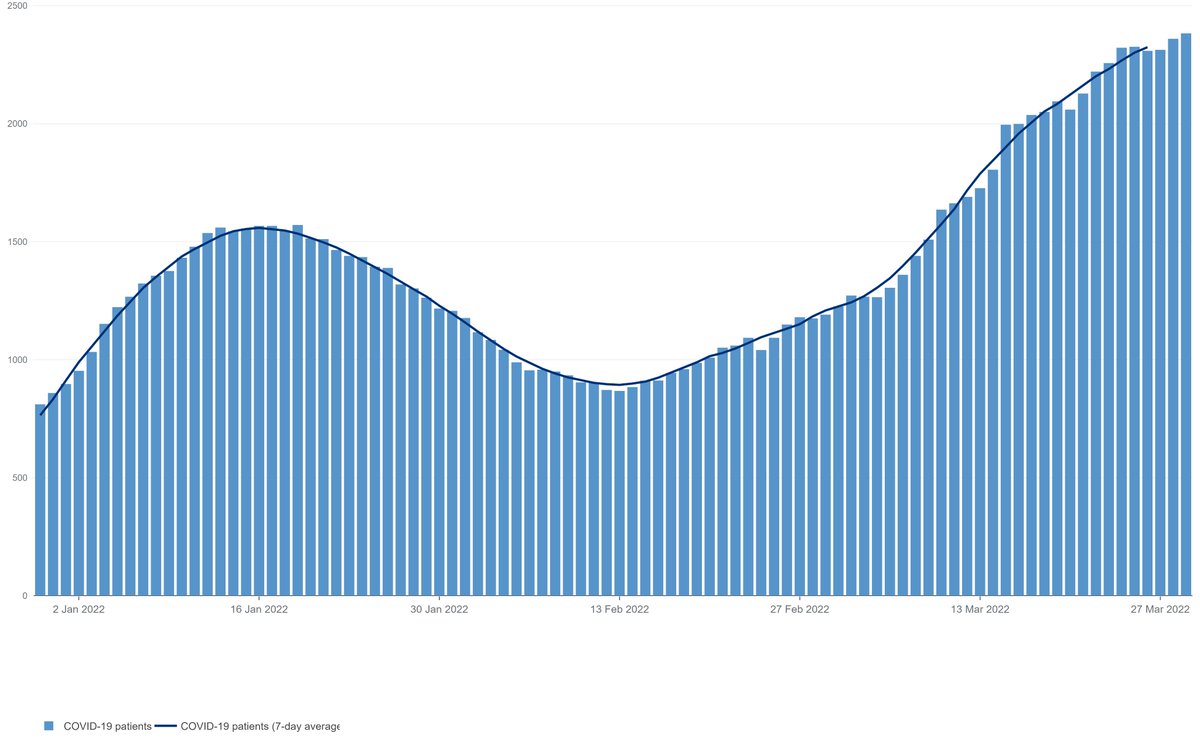On the risks of a second wave - what can we learn from other countries experience?
The evidence is mixed and between-country comparison have lots of limitations so you can come to different conclusions based on which countries you look at. However, generally it is true that
The evidence is mixed and between-country comparison have lots of limitations so you can come to different conclusions based on which countries you look at. However, generally it is true that
those countries experiencing larger second waves after lifting lockdowns are those that had smaller first waves so more of their population remain susceptible to infection. But it is not true that the second waves are only causing cases and not deaths eg Israel, Romania, Morocco 

The converse is also true (so far) in that countries with large first waves are having smaller second waves, and particularly in cities like New York where 20 per cent of the population has developed antibodies, there is no second wave yet. This was surprising as it was expected
that herd immunity would develop at a minimum of around 50 per cent of the population being infected, but there is now some evidence that many more people are immune as they have developed immunity from other parts of the immune system (T-cells, IgA antibodies)
- or from previous infection with common cold coronaviruses - and this is not detected by routine antibody testing.
However, there is an exception to this experience: Iran – where a large first wave of deaths has been followed by an even larger second wave (despite 20 per cent of its population being infected in the first wave), and so we can’t be that confident as to what will happen here
in the UK, but only 7-8% have positive antibodies on testing so we are a long way from 20% anyway.
In general, second waves started three months after the first (therefore too early to know if Sweden will have one) but we can see what is happening in Spain and France.
In general, second waves started three months after the first (therefore too early to know if Sweden will have one) but we can see what is happening in Spain and France.

Our second wave started about a month ago, and hospitalisations (shown below) and deaths - the key metrics - have now also started increasing but at a much lower rate than in the first wave. More on this tomorrow. 

References here:
conservativehome.com/platform/2020/…
conservativehome.com/platform/2020/…
• • •
Missing some Tweet in this thread? You can try to
force a refresh


















